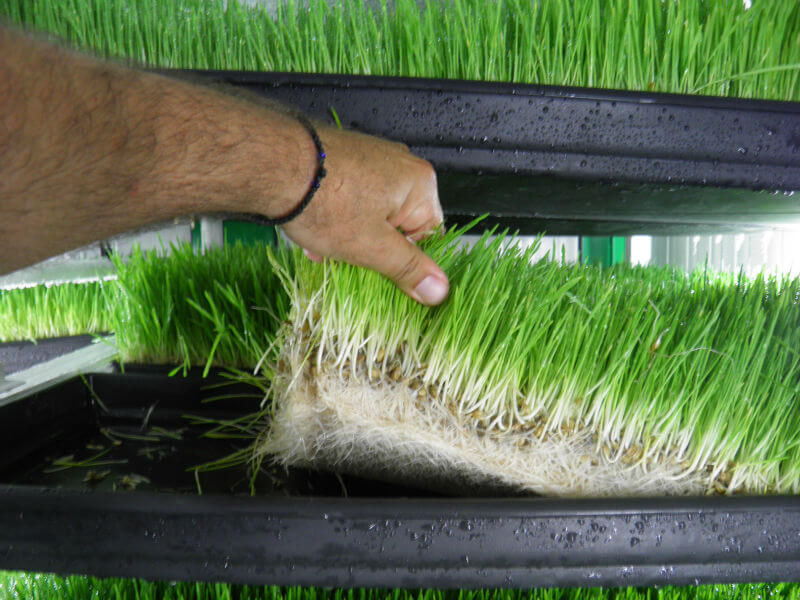Fodder stock feeders are one of the most popular feeds for almost all livestock animals today. One of the best things about this fodder stock feed is that you can grow them yourself and you can save a lot of money by doing so. Also, when you grow this yourself, you do not have to worry about the days when it is hard to find a food that you can give to your livestock animals. There are times of the year that no natural feed grows and so all you can do is just use the commercial one that has a lot of chemicals in it that could greatly affect the health of your animals. And so to avoid having to experience this, you should really grow fodder livestock feeds for you animals.
Here are some of the things that you should know about fodder stock feeders.
1. What is it?
Basically, a fodder is a food that can easily be digested by the animal it is being fed to. It is a type of grain; it is no ordinary type since it is somewhat “alive” and contains many more nutrients for your animals to be in good health. All you need to have for you to be able to grow a fodder is a fodder grain; one good choice is barley grains, containers and a watering system for your fodder grains. If you already have these things ready, then you can already grow your own fodder stock feeders.

2. How to grow the fodder stock feeders.
First of all, you need to place and organize your grains in a container that is enough for it. Place the container in a place where it can be exposed to fair amount sunlight most of the time. Do not forget to drill small holes at the bottom of the containers that you are placing the grains in.
After doing so, get a jar that can accommodate a one cup of grain that you will be growing. The jar should be enough to accommodate the grain and the liquid that will be placed in it. Fill the jar with the one cup of grain that you have and put a splash of apple vinegar in it and the rest is warm water.
The water should be just right for the all the grains to get wet and get enough liquid they need. The apple cider vinegar is to avoid mold growth and the water is to start the sprouting process
Place the jar in a place where it will not be moved or disturbed for half or an entire day. After an entire day, rinse off the grains and placed it on the containers with holes at the bottom. Spread the grains lying flat and even. Rinse the grains twice a day or thrice a day if your grains seem dry.
On the third day, you may already notice some sprouts in it and repeat the process. Just make sure that you rinse those grains very gently. On day seven, it should already be enough for harvest. You can already feed it to your animals, either you break it down for them or just give it to them right after the harvest.